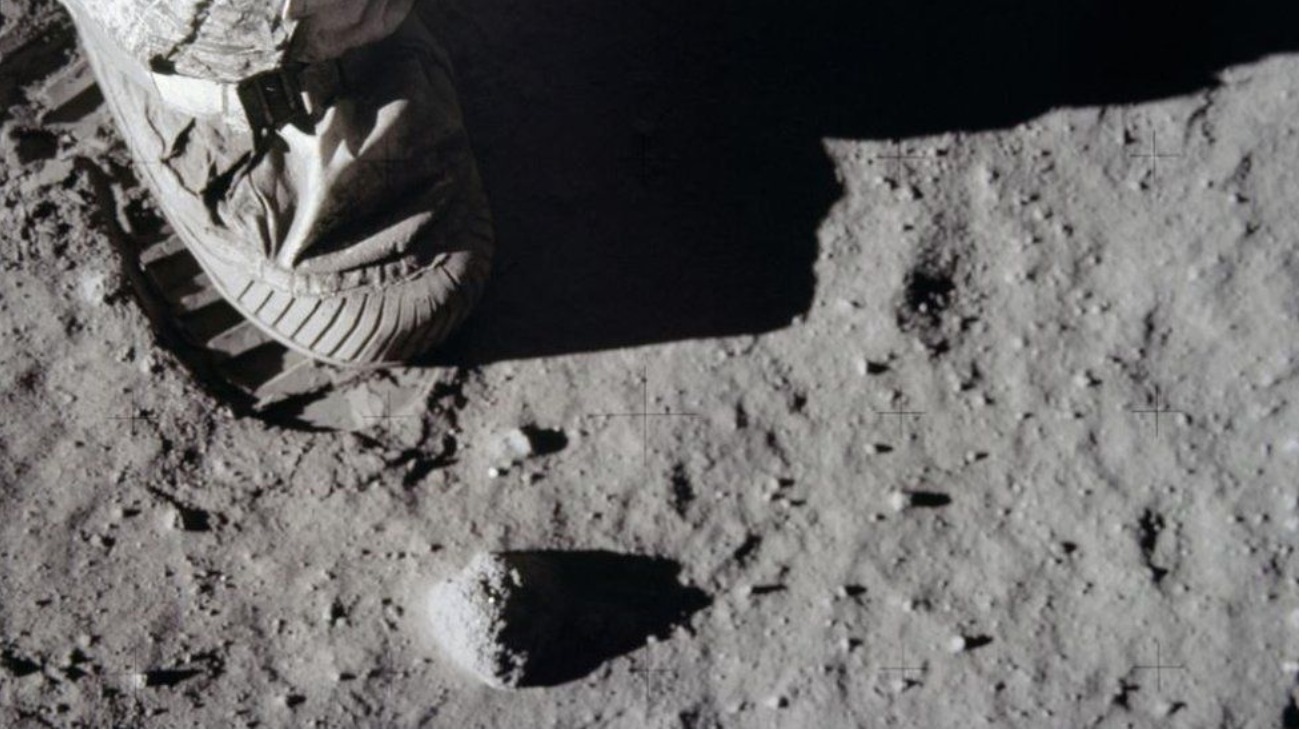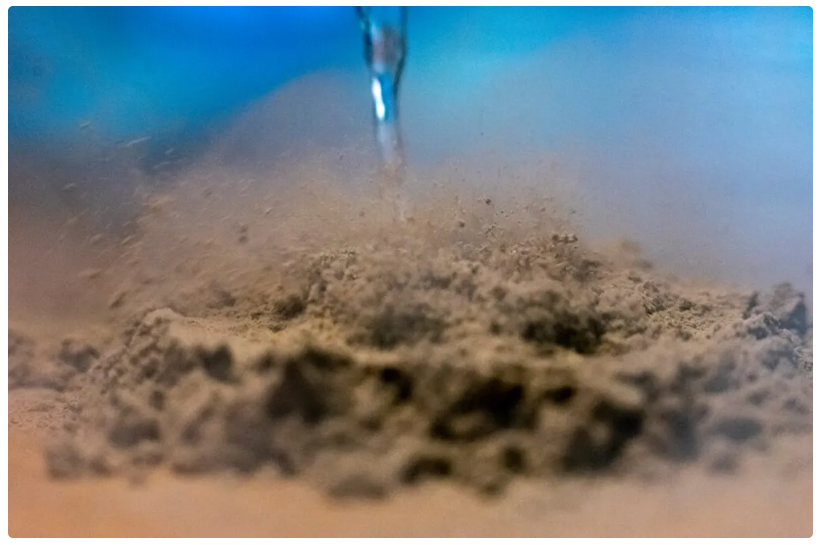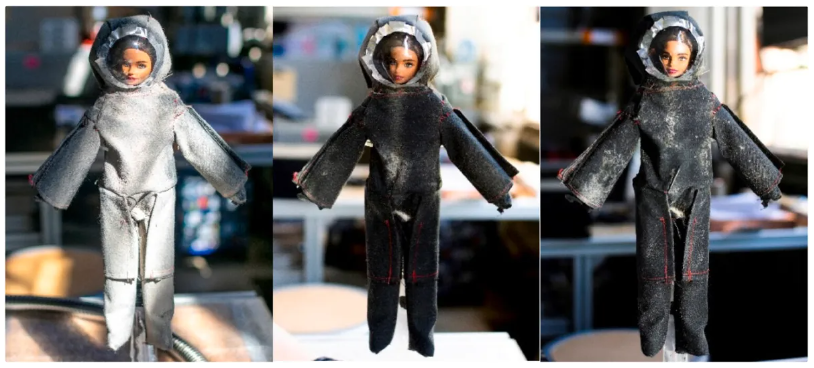In 2025, NASA plans to land astronauts on the Moon for the first time since 1972. But before people arrive there, scientists on Earth are trying to figure out how to solve one serious problem identified during the Apollo missions. The task sounds simple, but it is very difficult to implement: how to deal with annoying lunar dust.

Remember what happens if you blow the dust off the table? Small particles of this dust will start flying everywhere, and the more you try to catch them, the more uncomplaining they become, flying around the room and getting stuck in the cracks in your house, the existence of which you do not even suspect. So the lunar dust behaves even worse.
“Lunar dust is electrostatically charged, abrasive and gets everywhere, which makes it a very heavy substance for cleaning from the surface of spacesuits. As a result, you get at least a fine layer of dust that covers absolutely everything,” explains Ian Wells from the School of Mechanical Engineering and Materials Engineering at Washington State University.
For this reason, Wells and his colleagues came up with a solution. They created a spray of liquid nitrogen, which managed to remove more than 98% of the simulated lunar dust in a vacuum chamber simulating outer space. Moreover, the spacesuits were not damaged. A full description can be found in an article published on Tuesday in the journal Acta Astronautica. This is a huge breakthrough, because lunar dust will greatly interfere with astronauts trying to keep their engines, electronics and spacecraft clean for their proper operation.
Lunar hay fever
During the Apollo missions astronauts landing on the Moon in the early 1970s, some astronauts’ suits were damaged due to persistent lunar dust, which destroyed the seals that held oxygen and protected them from the destructive environment of space. The rest even suffered from “lunar hay fever” from a short period of exposure to dust.
Scientists believe that inhaling lunar dust for a long period of time can cause lung damage resembling a disease affecting coal industry workers: they breath in coal dust while working, which subsequently interferes with their ability to breath in, creating pressure in the chest and causing a cough with black sputum.
Nitrogen spray and lunar vacuum cleaner

Liquid nitrogen is often used in science. Basically, it is a fairly harmless gas that has been so cooled that it has become a liquid. Doctors sometimes use it in medicine to remove precancerous cells, engineers use it as a cooler for computers and even cooks can use liquid nitrogen for their fancy gastronomic creations. However, liquid nitrogen, which is affordable and relatively safe when used in a controlled environment, is a reliable option for cleaning up lunar dust.

Spacesuits treated with liquid nitrogen do not even need additional manual cleaning with a brush after washing, and this additionally protects them from any friction. The spray simply removes dust in real time, causing the particles to gather into balls and roll off. Next, the team plans to test their spray in appropriate conditions to simulate lunar gravity.
One of these alternatives is the invention of NASA – the “lunar vacuum cleaner”. It uses electron beams and ultraviolet light to remove dust. The agency says the key point is that it will not use air to fight lunar dust.
Follow us on Twitter to get the most interesting space news in time
https://twitter.com/ust_magazine
